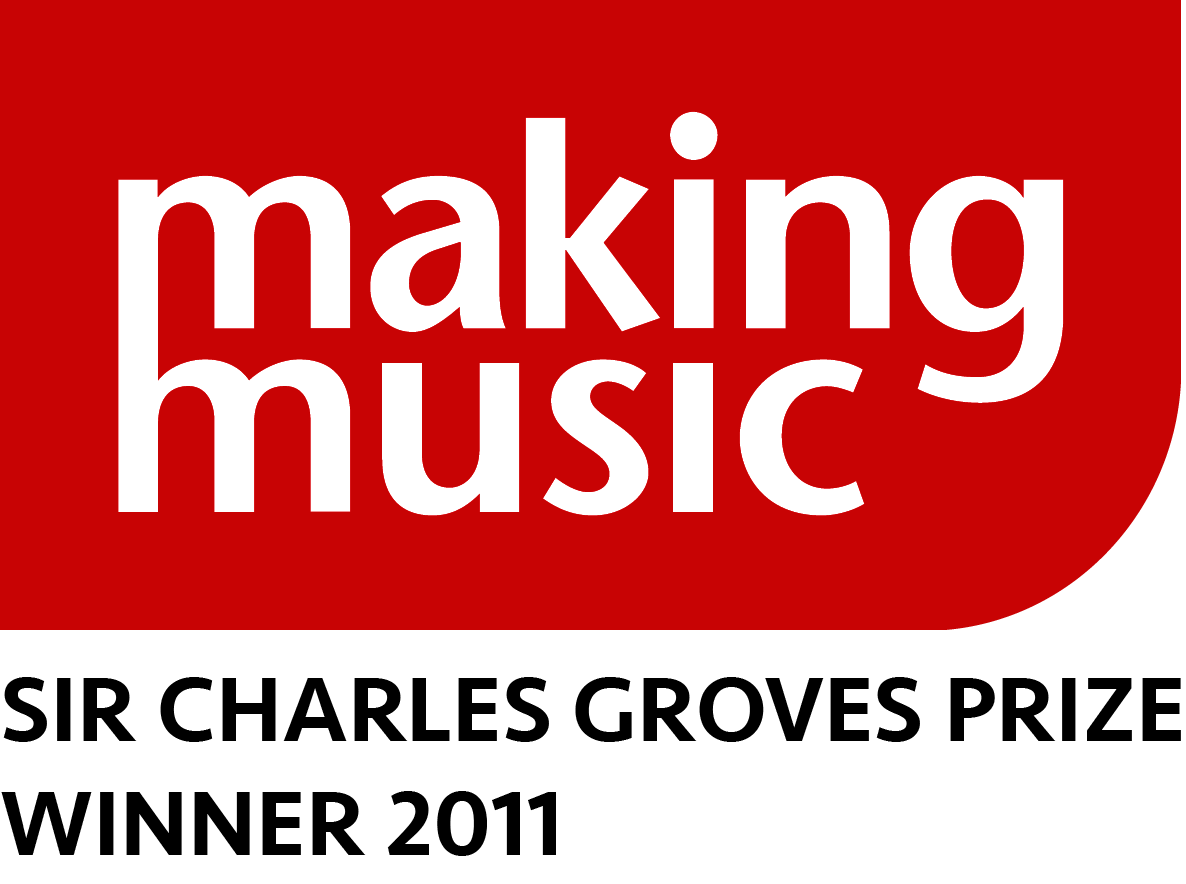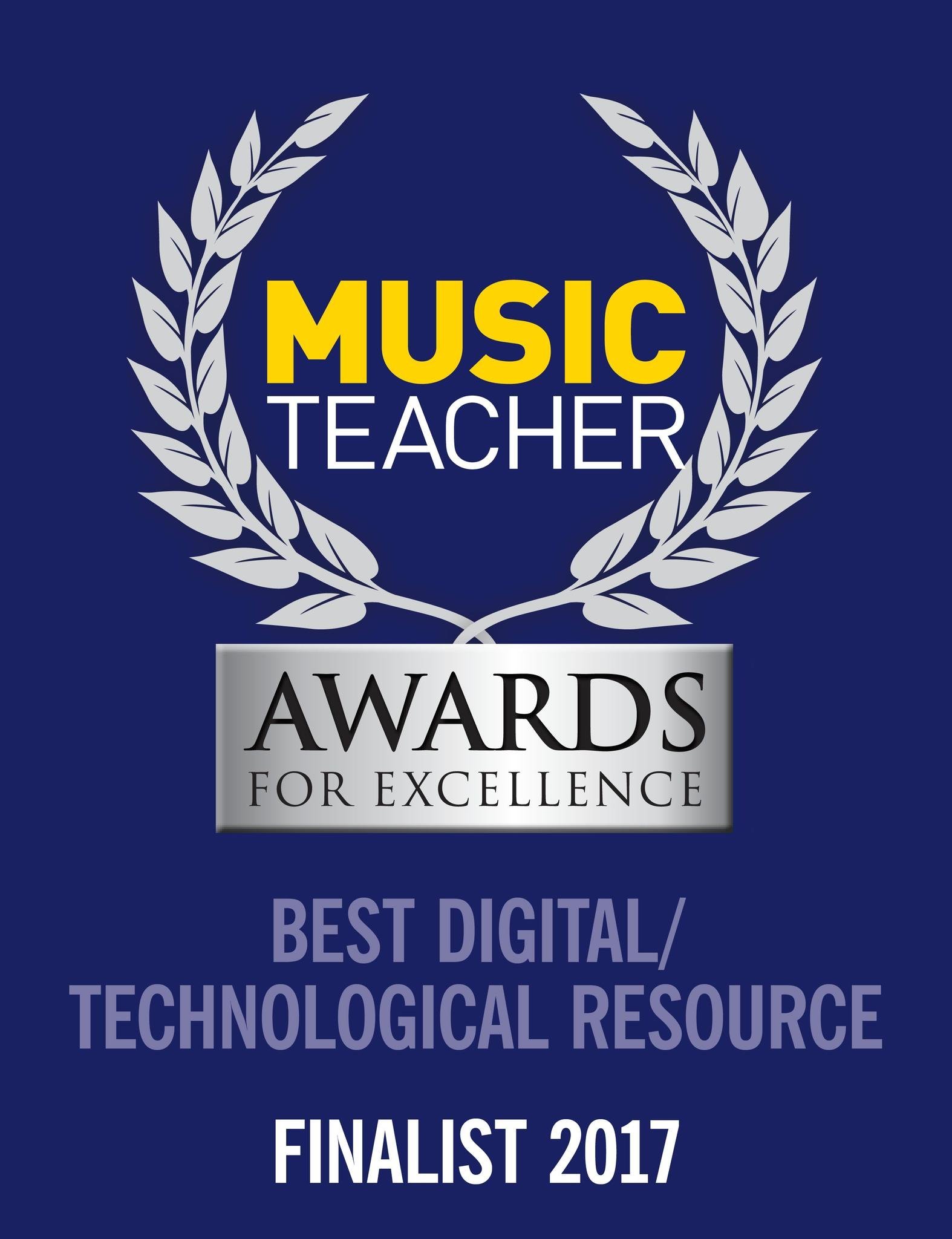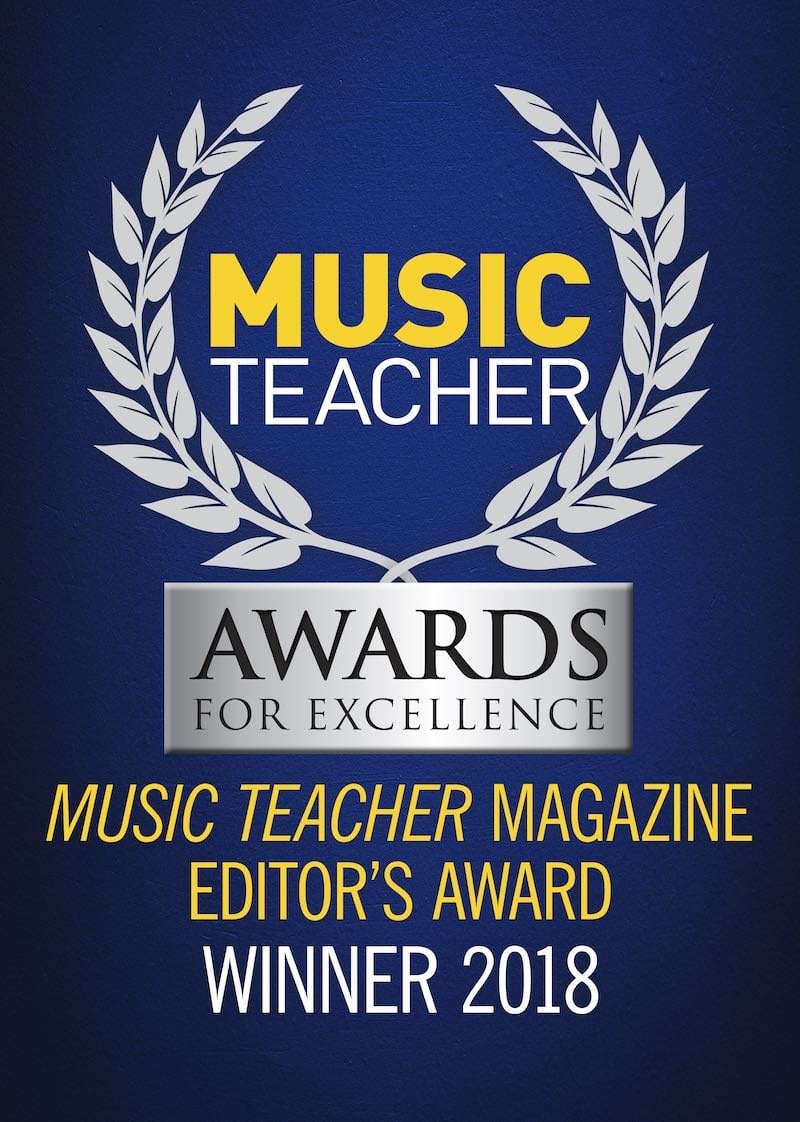







Geography and science
Do children know what a camel is? Show pictures or video clips of camels. Find out all about camels: where they live (in deserts, where it is hot and dry), what they eat (green foliage) and what is in their humps (despite people thinking they contain water they are made up of fat, which a camel can break down into water and energy when needed). What happens to Alice at the end of the song? Look at the skeleton of a camel: what animal does it look like? (A horse). What does this mean? (That the humps have no bones).
Literacy
Make a fun fact book. Include the information below and anymore facts that you’ve found out independently.
-Asian camels have two humps whereas Arabian camels only have one.
-Camels can drink up to seven litres of water in a day.
-When camels walk, they move both legs on one side of their body and then the other. (For fun, have a go at moving like that yourselves)!
-They are powerful runners and can reach the speed of 40 miles per hour.
Music
Make up some actions to go with the song and practise performing the actions while singing the tune. You could introduce some simple percussion instruments to bring out the jaunty rhythm or add in an action or sound to go in the rest between the word has and the number of humps i.e. Alice the camel has (clap) 5 humps, Alice the camel has (stamp) 4 humps etc.
Art and design
Explore the words of Alice the camel. What are Alice’s unique features? Ask children to create their own unique animal, with materials available such as clay, play dough, and different fabrics.
Encourage children to think about the features of the animal. You could create a word bank of fantastic words to describe animal features (i.e. fluffy, scaly, webbed, claws, beak, etc).
PSHE
What makes me unique? Look in the mirror: what do you see? How many eyes, noses and ears have you got, and what colour is your hair? Can you make up a song about yourself using the tune of Alice the camel (repeated verses, with one change each time). Try and record as children love to listen back or watch themselves and you could send the recording to relatives who you haven’t seen for a while.
Science







